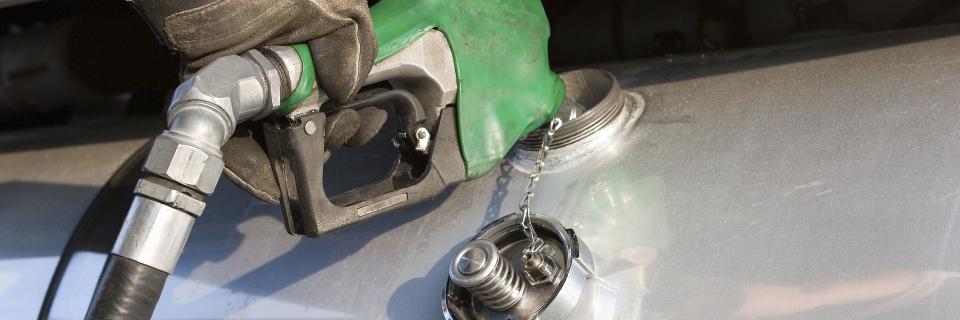
When you search for information on fuel taxes by state, the early results could seem intimidating. You might find busy, complex charts with rows and columns of small text that’s difficult to look at. Then, once you find the information you’re looking for, you have to figure out how to use it (e.g., fuel planning, IFTA, etc.).
So, how can you quickly and easily find the state fuel tax info you need and use it to make the best financial decision for your company? Find out below.
Find a Good Resource
There are resources available that have taken the data from the numerous charts and presented them in formats that give you the same state fuel tax information in a more direct, clear format. One in particular is AAA. You can click on a map, sort by state using dropdowns, and fairly easily compare fuel taxes between states. Similar aggregated data can also be found on the website for the American Petroleum Institute (API)
Figure Out IFTA
State fuel taxes are factored into the cost per gallon when you purchase fuel. This way, you pay the state tax at the pump and then reconcile interstate usage later. When calculating IFTA, you determine the taxes that should be paid on fuel burned within each state, regardless of where the fuel was purchased. The total you already paid in state taxes at the time of the purchase is figured into the equation when you file IFTA quarterly. This may sound complicated, but IFTA actually simplifies the fuel tax process by allowing drivers to move more freely between states. All they have to do is keep their receipts for gallons purchased and track mileage; then leave the accounting for later. And with plenty of programs and resources available to calculate IFTA, all you have to do is input the data or link your fuel card to a system that will use the integrated data to calculate everything for you.
Using Fuel Planning
While IFTA does simplify and streamline fuel shopping, taxes do vary from state to state. When the time comes to reconcile and report your taxes for fuel purchase and consumption, you’ll still want to have done your best to minimize costs at the pump. As with so many other areas of trucking, taking advantage of fuel tax rates across state lines is about planning, staying informed and remaining flexible enough so that you maximize any potential savings. Seek out lower gas prices by comparing state taxes and do your best to balance price shopping with other goals of your operations.